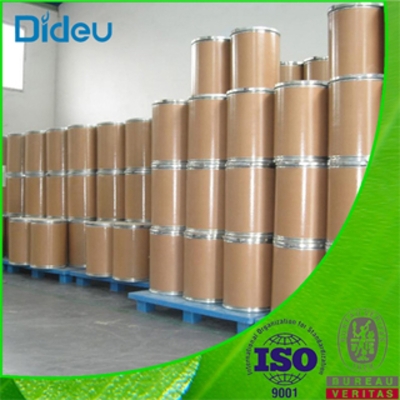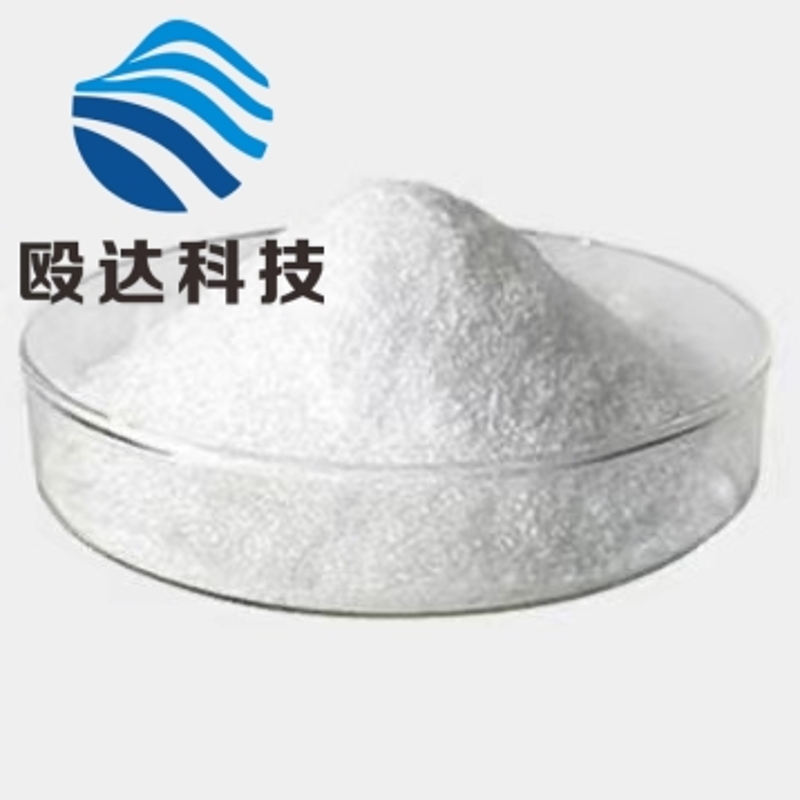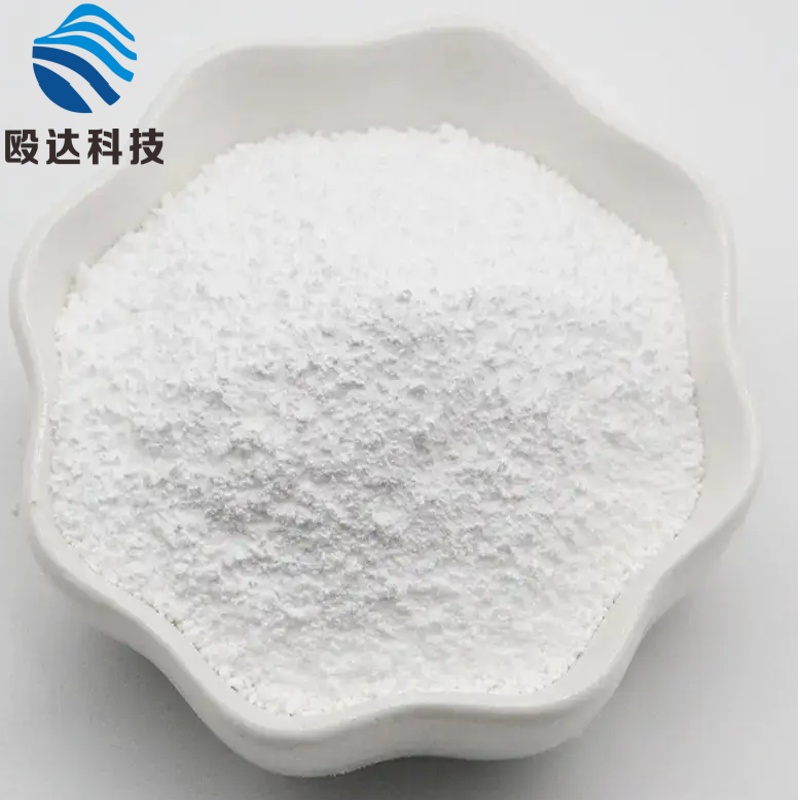-
Categories
-
Pharmaceutical Intermediates
-
Active Pharmaceutical Ingredients
-
Food Additives
- Industrial Coatings
- Agrochemicals
- Dyes and Pigments
- Surfactant
- Flavors and Fragrances
- Chemical Reagents
- Catalyst and Auxiliary
- Natural Products
- Inorganic Chemistry
-
Organic Chemistry
-
Biochemical Engineering
- Analytical Chemistry
- Cosmetic Ingredient
-
Pharmaceutical Intermediates
Promotion
ECHEMI Mall
Wholesale
Weekly Price
Exhibition
News
-
Trade Service
Sulfuric acid, cobalt(2+) salt (1:1), monohydrate is an important compound in the chemical industry, with a wide range of applications in various fields.
The synthetic routes of this compound can be broadly classified into two categories: the thermal route and the chemical route.
The Thermal Route:
The thermal route involves the thermal decomposition of either cobalt(2+) oxide or cobalt(2+) sulfate to form the desired compound.
This process is carried out at high temperatures in the presence of a suitable solvent, such as water or ethanol.
The thermal route is relatively simple and easy to implement, but it can be quite time-consuming and costly due to the high temperatures required.
The Chemical Route:
The chemical route involves the reaction of cobalt(2+) oxide or cobalt(2+) sulfate with sulfuric acid to form the desired compound.
This process can be carried out at room temperature and is relatively faster and more cost-effective than the thermal route.
The chemical route is also more versatile, as it can be modified to produce different forms of the compound, such as the monohydrate or a diferric salt.
Both routes have their advantages and disadvantages, and the choice of route depends on the specific application and the desired properties of the final product.
In general, the thermal route is preferred when high purity is required, while the chemical route is preferred when cost and speed are the primary considerations.
Applications:
Sulfuric acid, cobalt(2+) salt (1:1), monohydrate has a wide range of applications in various fields, including catalysis, energy storage, and medicine.
In catalysis, it is used as a catalyst support for various chemical reactions, including the hydrogenation of vegetable oils and the oxidation of organic compounds.
In energy storage, it is used as a cathode material in redox flow batteries due to its high energy density and good cycle stability.
In medicine, it is used as a contrast agent in X-ray and MRI imaging due to its high X-ray absorption coefficient.
Conclusion:
Sulfuric acid, cobalt(2+) salt (1:1), monohydrate is an important compound in the chemical industry with a wide range of applications.
The synthetic routes of this compound can be broadly classified into the thermal route and the chemical route, with the choice of route depending on the specific application and the desired properties of the final product.
Both routes have their advantages and disadvantages, and efforts to improve the efficiency and cost-effectiveness of both routes are ongoing in the chemical industry.







